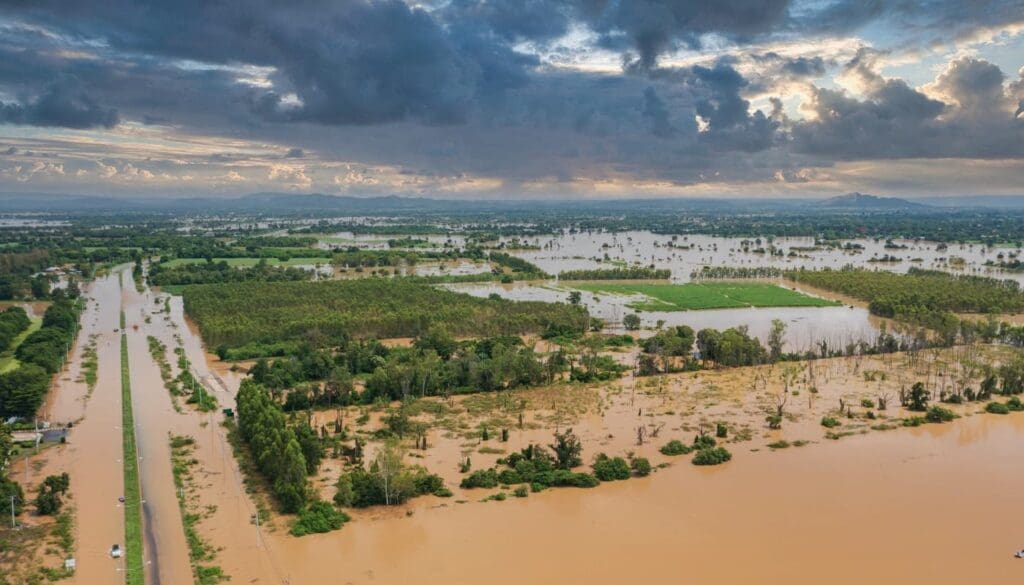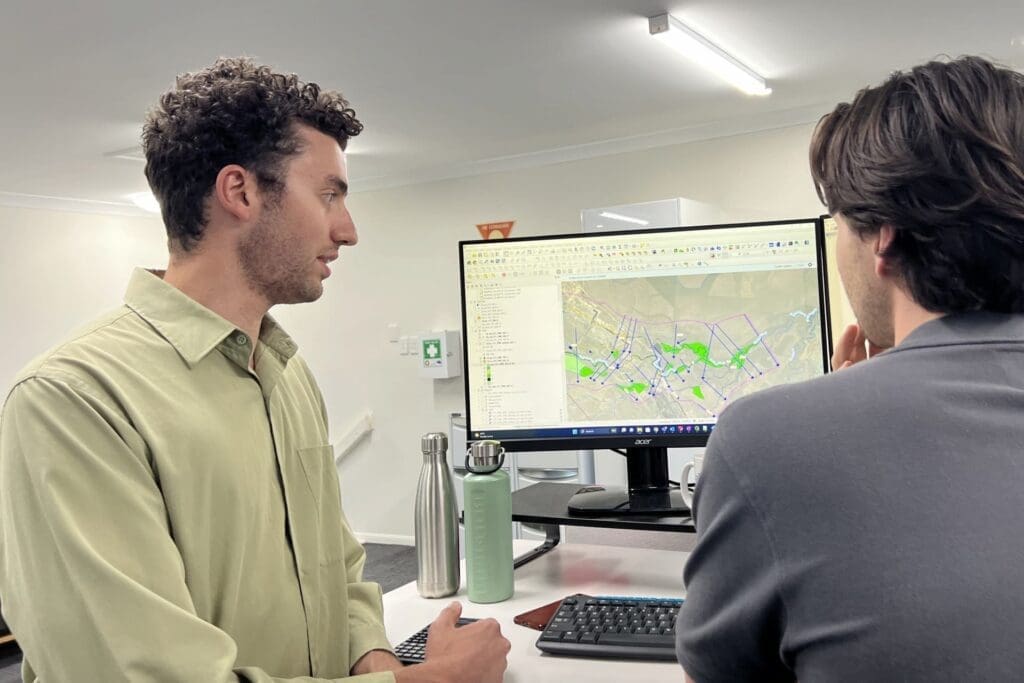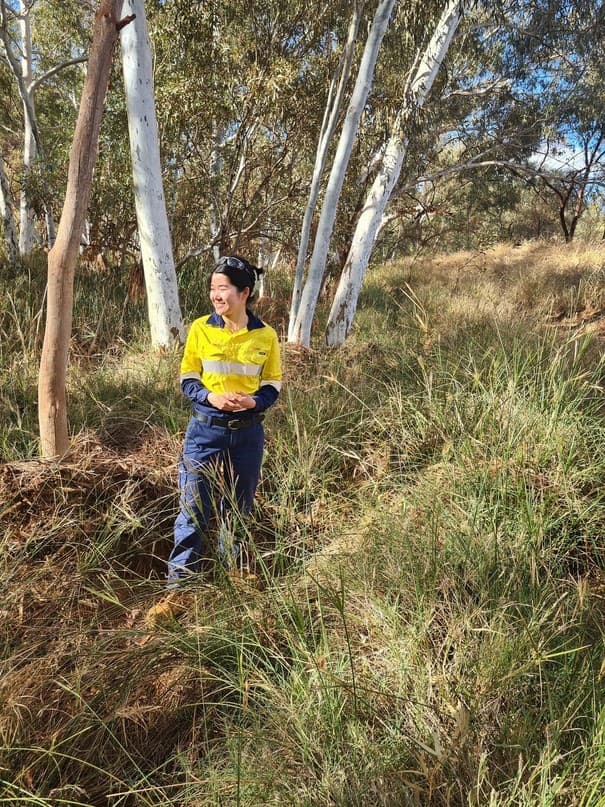
If you or your business has plans to develop – or you currently own – properties in an area prone to flooding, having a robust floodplain management strategy is critical in future-proofing your business and protecting your patrons, stakeholders and local community. Cath Walker, NSW’s Regional Manager at Water Modelling Solutions, has over 9 years of floodplain risk mitigation experience under her belt, and shares with us key considerations for a water-tight plan.
“Those who are responsible for managing development on floodplains have three main objectives: ensuring the proposed building or facility is compatible with the flood risk at the site, making sure the new development doesn’t make flooding worse for its neighbours or the broader area, and ensuring all users and occupants can be safe in the event of a flood,” she explains.
Ensuring safe development
Can you always safely develop on floodplains? Well, this depends on the kinds of developments you want to build, alongside the natural features of the environment you plan to build them on. That’s why becoming informed about the overall risk of flooding in the area is the first step towards mitigating that risk.
The safest ways to develop on floodplains include choosing locations outside floodways and hazardous areas, using appropriate building materials (e.g. that don’t become compromised when wet), and elevating floor levels above flood planning levels.
To begin, Cath suggests getting curious about the local area. You don’t even have to be onsite to do this – you can use resources on the internet to learn about flood risk factors. For example, it’s easy to jump on Google Maps or SixMaps and see how far away the waterways are.
“Floodplains have areas of higher hazard (e.g. close to waterways where flow is deeper or faster) that should be avoided,” she says.
“Sometimes even if a river is far from your property, if the land between your property and the river is relatively flat you might still be at risk of flooding if the river breaks its banks.”
What if I already own a property in a flood-prone area?
If you already own a property with a river nearby and have concerns about flood risk, Cath offers some advice:
“If your house already exists, the best thing you can do is get informed about your flood risk!”
This can involve talking to neighbours about instances of previous flooding in the area and finding out how your floor level compares to a local gauge level so you can plan for flooding – much like a bushfire emergency plan.
It’s important to know where to go during a flood if you need to evacuate, what route you’ll take to get there, and when you need to leave before roads are cut off.
The SES has guides about how to prepare your house or property in the event of a flood. This includes tips like turning off the mains electricity and moving electrical appliances and belongings to higher shelves/upstairs.
Use council resources and information
“In general if you’re looking to develop your property, contacting your Council or a flood consultant is the best way to get site-specific flood information,” Cath says.
And they have requirements developers must adhere to to safeguard the community, she adds.
“New builds in flood prone areas will generally need to comply with Council’s flood related development controls, which will give you a checklist to work through. This will include minimum floor levels, building layout and siting considerations, and the best building materials.”
Types of development that are critical to the community or have vulnerable occupants (like child care or aged care centers) are generally not allowed in floodplains at all.
In addition, council websites are a great tool in flood-risk assessment as they often contain information about the area’s flooding behaviour, online flood mapping portals or previous flood studies.
With a multifaceted approach, the right WMS hands on deck, and a combination of zoning regulations, planning controls, and building codes that govern development, individuals and businesses in flood-prone areas can stay safe and thrive.
Find out how we can help you achieve your goals by solving your water and flooring challenges on the Water Modelling Solutions website: https://watermodelling.com.au/.



